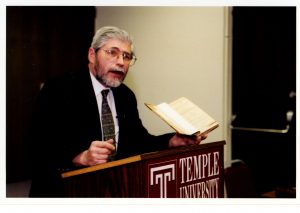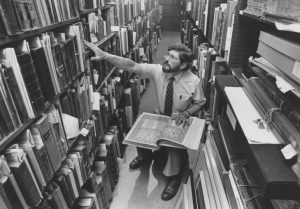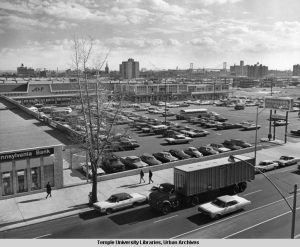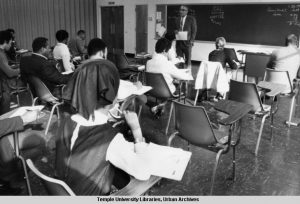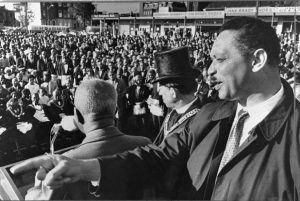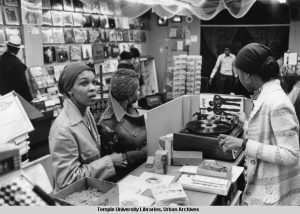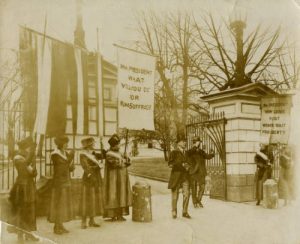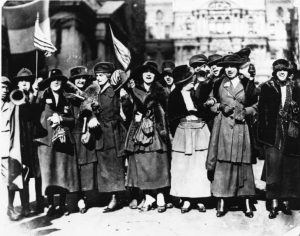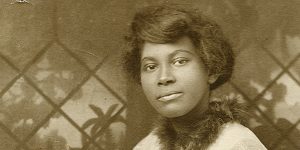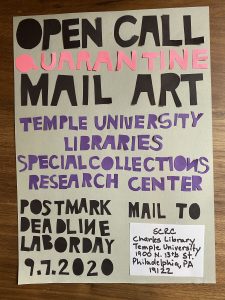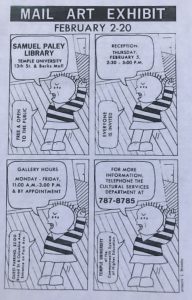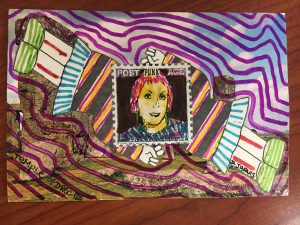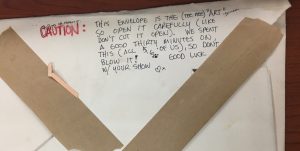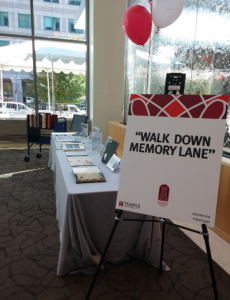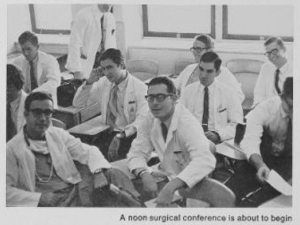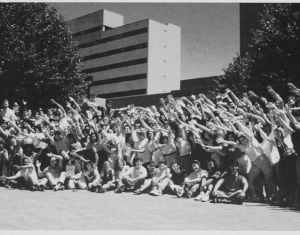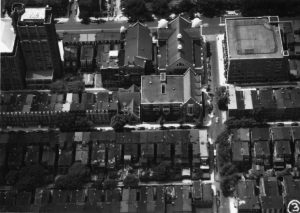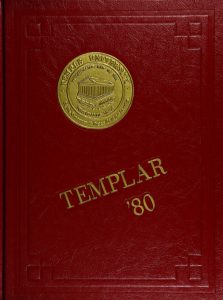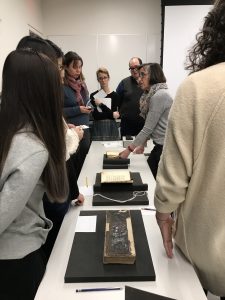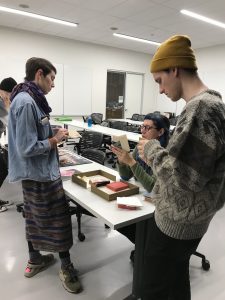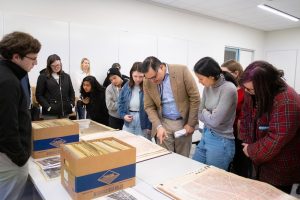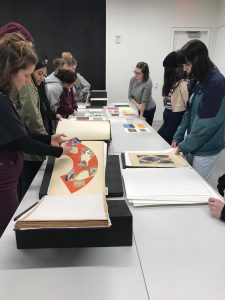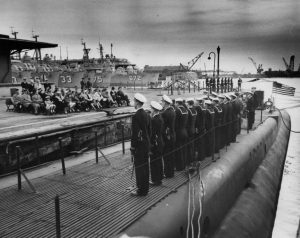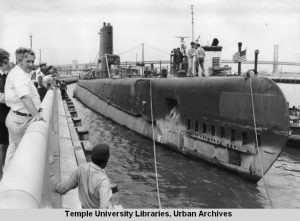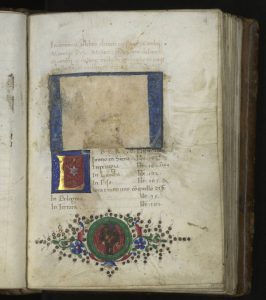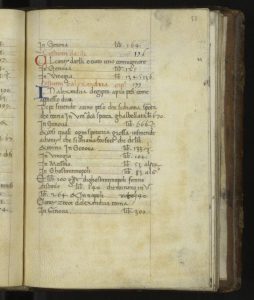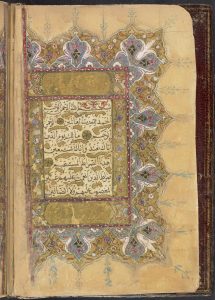
The Special Collections Research Center holds four Islamic manuscripts, recently digitized as part of the consortial project Manuscripts of the Muslim World. The project is funded by the Council on Library and Information Resources (CLIR), and aims to digitize and make available online Islamic manuscripts and paintings from several institutions in the Philadelphia region and in New York. Materials digitized as part of the project include manuscripts in Arabic and Persian, along with examples of Coptic, Samaritan, Syriac, Turkish, and Berber.
The process for cataloging and digitizing Temple’s four manuscripts was extremely collaborative. First, three Temple Libraries staff, Katy Rawdon, Kimberly Tully, and Matthew Ducmanas, attended an afternoon workshop, Introduction to Islamic Manuscripts for Librarians, held by Kelly Tuttle at the University of Pennsylvania, which covered the basics of understanding this wide-ranging and complex manuscript tradition.
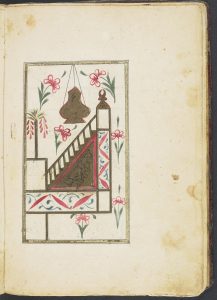
Katy created catalog records for the four manuscripts, with review by Kim and Matt. Due to COVID- and staffing-related issues, Temple was unable to digitize the volumes in house, but Mitch Fraas, Senior Curator the University of Pennsylvania’s Kislak Center for Special Collections, Rare Books and Manuscripts, offered their services. After digitization, Kelly reviewed the catalog records, comparing them to the digital images, and suggested corrections and additions before adding them to the Manuscripts of the Muslim World digital collection. Michael Carroll, Bibliographic Assistant III in Temple’s Metadata & Digitization Services Department, added the images to Temple’s own digital collection.
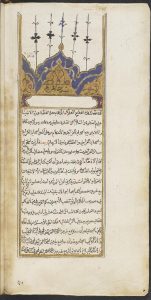
The result of this collaboration is that, despite the challenges brought by the past year, Temple’s four Islamic manuscripts are now available online. These include an early 19th century manuscript copy of Muḥammad ibn Sulaymān al-Jazūlī’s famous collection of prayers and devotions to the Prophet Muḥammad; an 18th century Qurʼān, possibly Turkish; a 17th century Hanafi treatise on Islamic inheritance law titled Ḥall al-mushkilāt, and a 19th century Arabic manuscript of a Muslim religious treatise on prayer titled Hādhā kitāb munyat al-muṣallī.
All images and descriptive metadata for manuscripts in the Manuscripts of the Muslim World project are released into the public domain with easily downloadable at high resolution via University of Pennsylvania Libraries’ OPenn manuscript portal. SCRC’s digitized manuscripts for the project have also been added to Temple Libraries’ Digital Collections.
–Katy Rawdon, Coordinator of Technical Services, SCRC
